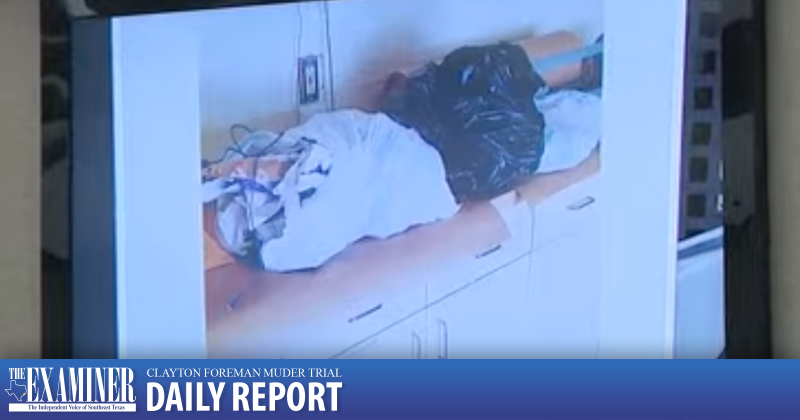Day four of the 1995 murder trial of Mary Catherine Edwards began Friday morning with the defense attempting to suppress a key piece of evidence. “I understand there is an issue we need to address outside of the jury’s presence,” asked Judge Stevens.
“The defense wishes to suppress the trash pull, which occurred on April 15 of 2020, which led to evidence which formed the basis of the search warrant to acquire the defendant’s DNA,” said the prosecution. The prosecution described how FBI Agent Tom Gill was contacted by the Beaumont Police Department to determine the location of where the defendant Clayton Foreman was residing at the time. Gill subsequently contacted a Reynoldsburg, Ohio Police Sergeant by the name of Jeff Gammell, who then, according to request, acquired two garbage bags of trash from cans set out at the curb near Foreman’s home.
Gammell testified as to his actions before Judge Stevens and in the absence of the jury. Gammell indicated that from his perspective, the residents did not have a right or belief to be entitled to privacy of the items in the garbage cans.
“Our position is it is abandoned property…the defendant had no right to 4th amendment rights…and it is very well established and understood,” said the prosecution.
With nothing else to add, Judge Stevens denied Defense Attorney Tom Burbank’s motion to suppress, citing the Supreme Court’s decision that 4th amendment rights are not applicable to trash placed outside the home. “The expectation of privacy is lost that is protected by the 4th amendment…thus the motion to suppress is denied,” said Stevens.
The Jury then entered the room in preparation for Gammell’s testimony, which matched what he had previously stated in their absence regarding the trash pull.
Retired FBI Agent Tom Gill testified about processing the trash, which yielded items such as hair, medicine bottles, and dental floss, labeled with Foreman’s name. The prosecution introduced evidence including these items. BPD Detective Tina Lewallen described using the Gedmatch database to link DNA profiles to familial matches, ultimately focusing on Clayton Foreman as a prime suspect. Lewallen began the process of obtaining Foreman’s DNA sample by gathering samples from his trash, as mentioned in previous testimony, resulting in a match to DNA samples collected from Edwards' body.
Image
Body


